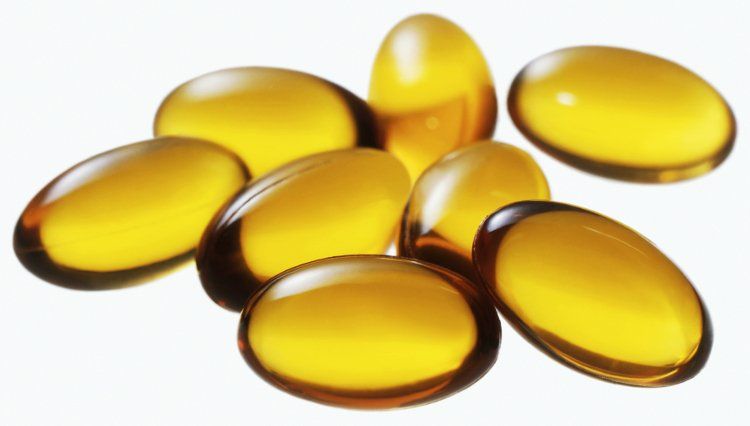Omega-3 fatty acid content should be expressed by weight, not area percent, says GOED in industry advisory
The Global Organization for EPA and DHA Omega-3s has released a new industry advisory for how to properly express the content of omega-3 fatty acids EPA, DHA, and other fatty acids in oils.
Photo © iStockphoto.com/ evemilla

The Global Organization for EPA and DHA Omega-3s (GOED; Salt Lake City, UT) has released a new industry advisory for how to properly express the content of omega-3 fatty acids EPA, DHA, and other fatty acids in oils. GOED explains in the advisory that in accordance with the association’s GOED Voluntary Monograph, which industry and association members are welcome to follow, the content of EPA, DHA, and total omega-3 fatty acids in oils should be expressed in weight (mg/g) measurement and not area percent.
Weight of fatty acids, says the guidance, should be communicated as free fatty acid equivalents in mg/g of oil, and each fatty acid should be expressed as mg/g of the specific chemical form, such as triglycerides and ethyl esters. When in capsules, fatty acid content should be expressed in mg per capsule, while liquid products’ content should be expressed in mg per ml. Additionally, content should be based on the mass of the serving, not on the volume because it cannot be assumed that 1 ml of oil weighs 1 gram, the guidance explains.
The reason that quantifying fatty acid content by weight is the ideal method is because a weight measurement defines the exact amount of the fatty acids present in the product. By contrast, quantifying fatty acid content using area percent does not take into consideration other constituents that may be present in the oil. Oils may contain other lipids and substances, depending on the oil type and processing. “If one does not correct for the weight of these other substances, the use of an area percent to determine the content of a specific fatty acid will lead to an error in the expression of fatty acid content of the oil,” writes GOED. “This error is greater if a higher proportion of lipids and other substances are present that do not contribute to the fatty acid profile measured by fatty acid analysis.”
Unfortunately, the guidance explains that today, fatty acids are often measured by a combination of gas chromatography, which separates the various fatty acids, and a detection technique such as flame ionization detection of mass spectrometry. “The detector measures each fatty acid as a specific signal peak, where the size of the peak is corresponding to its concentration. By summing the total area of the peaks and determining the area corresponding to a peak of any specific fatty acid, one can calculate an area percent (percent of the total area) of the fatty acid in question,” says the guidance. “This percentage does not equal the content of that individual fatty acid, nor does it equal a weight percentage.”
To illustrate the unreliability of an area percent measurement, GOED explains that dilution, by adding water, does not change the area percent, while the content by weight would test much lower as a result of dilution. In addition, not all fatty acids generate the same peak response in the detector, which means that the area percent of one fatty acid does not correspond to the same amount of another fatty acid with the same area percent. “Because distinct peaks contribute differentially to the calculated total area percent value, the area percent determined for any specific fatty acid cannot be assumed to accurately reflect its concentration in the oil,” GOED explains. Expressing the content of free fatty acids by weight, however, facilitates the comparison of EPA and DHA content across omega-3 oils and between products of differing chemical form, says GOED.
GOED also provides examples of how an area percent measurement of a fatty acid inflates an oil’s content when converted to concentration by weight. In one sample, the EPA area percent was calculated as 23.24, which amounts to 232 mg of EPA when calculated from area percent. However, using the GOED method, the EPA content by weight measured 216 mg/g triglycerides.
GOED says that this discrepancy is an example of how using area percent can artificially inflate the calculated amount of oil present in a product-and how this could be detrimental to consumers. “As a consequence, it may then give the impression that less oil is needed to formulate a specific product. Using less oil in formulation will subsequently provide an incorrect and smaller dose than intended for consumers,” writes GOED. “Put simply, incorrect content expression can lead to non-compliance with label declarations. If a nutrient must be present at 100% of the declared value, compliance cannot consistently be achieved using area percent, and deviations will vary from one oil type to another.”